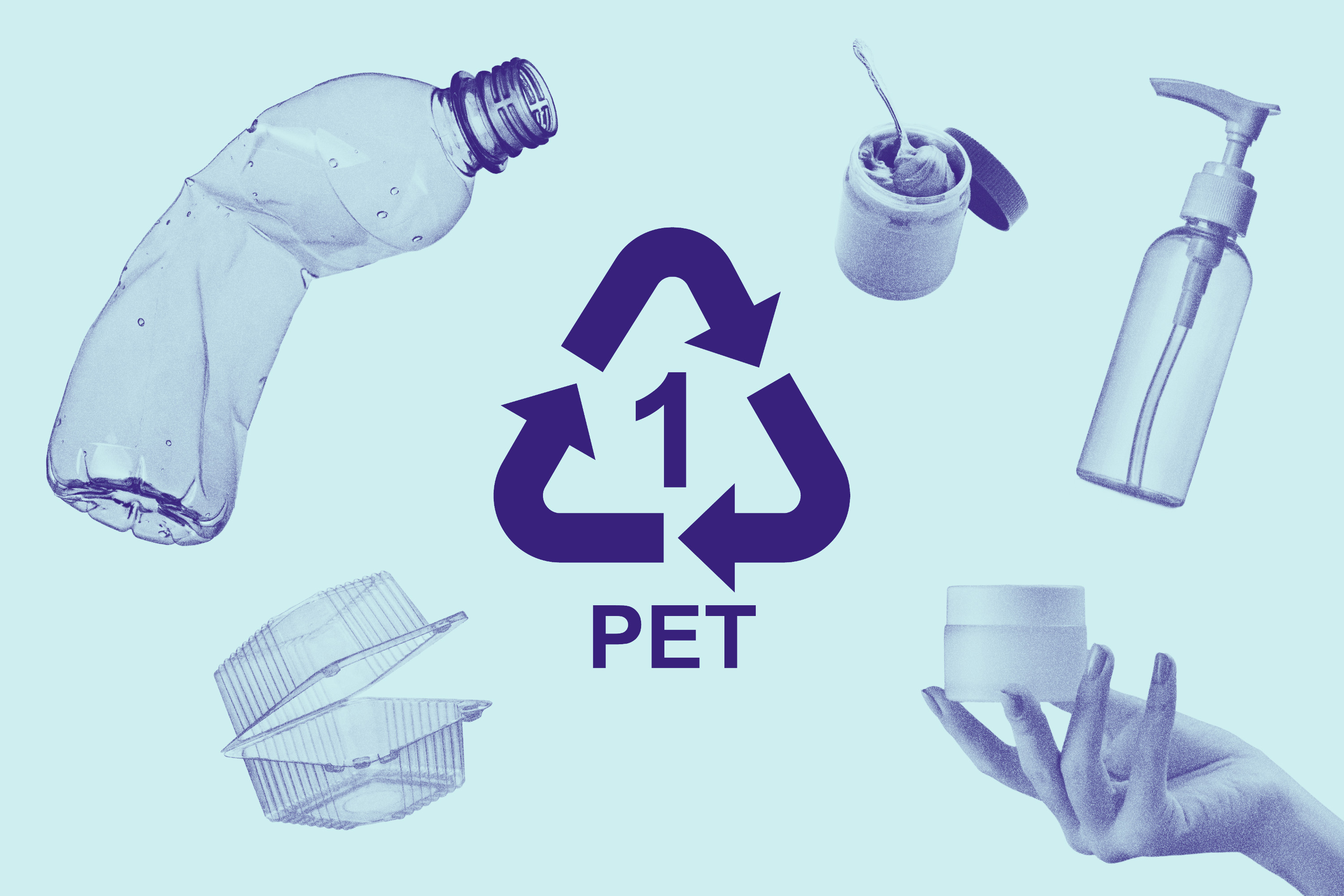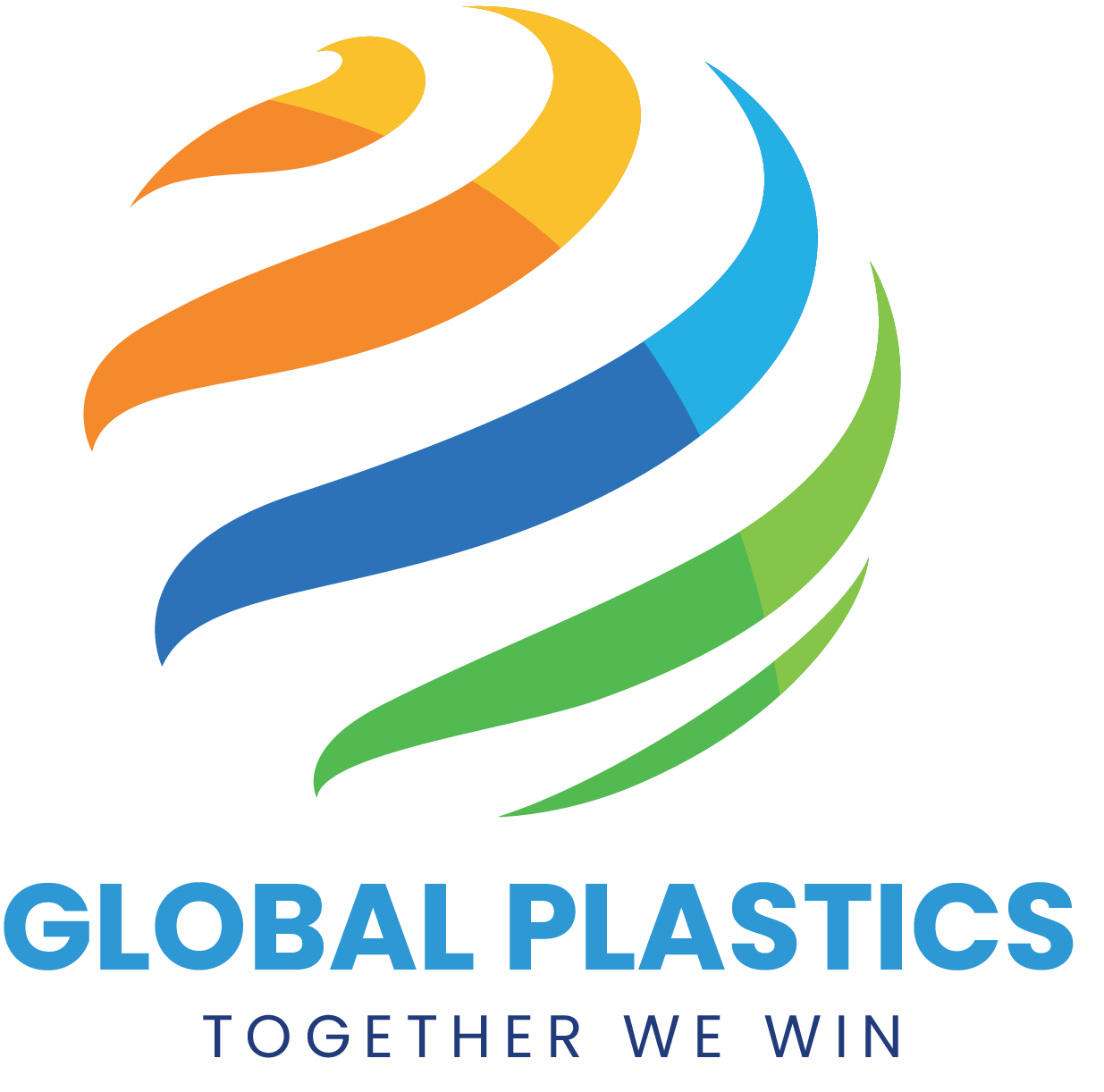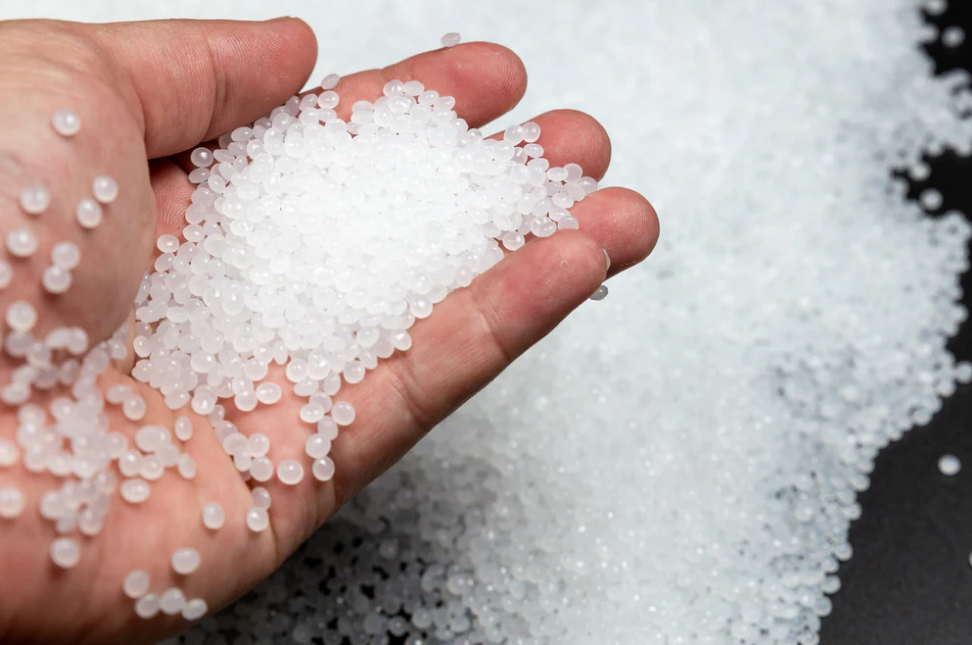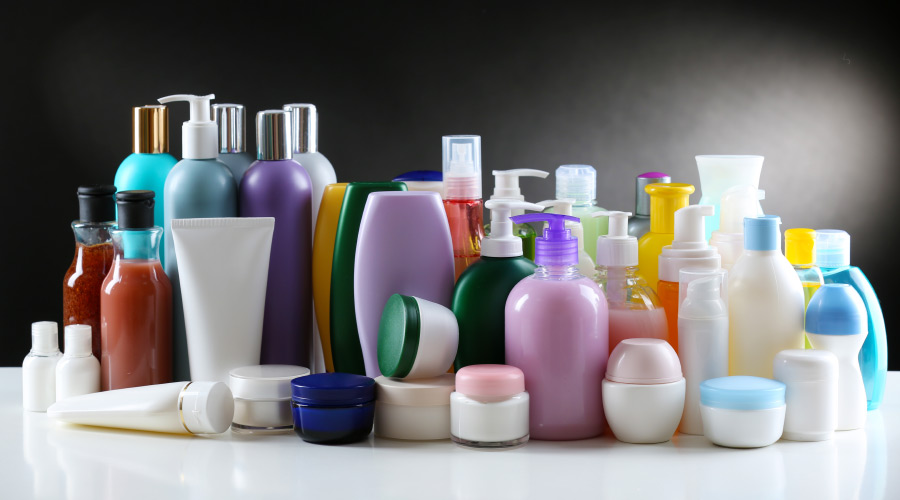1. Overview of PET Plastic
What is PET?
- PET (Polyethylene Terephthalate) is a type of polyester resin, a thermoplastic material known for its versatility and wide range of applications.
- It’s synthesized by combining purified terephthalic acid (PTA) and ethylene glycol (EG) through a chemical reaction.
Key Properties and Characteristics:
- Transparency: PET is highly transparent, making it ideal for packaging applications where product visibility is important.
- Lightweight: PET is relatively lightweight, which helps to reduce shipping costs and environmental impact.
- Strength and Durability: PET is strong and durable, making it resistant to breakage and puncture.
- Chemical Resistance: PET is resistant to many chemicals, making it suitable for packaging a variety of products.
- Thermal Stability: PET can withstand high temperatures, making it suitable for hot-filling applications.
- Recyclable: PET is one of the most widely recycled plastics, making it an environmentally friendly choice.
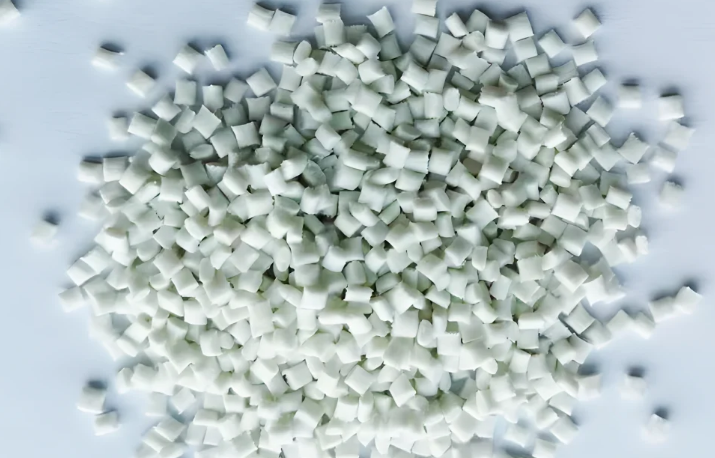
2. Is PET plastic safe?
Generally, PET plastic is considered safe for most applications.
-
Food Contact:
- PET is approved for food contact by regulatory bodies worldwide, including the Food and Drug Administration (FDA) in the United States.
- When used correctly, it does not leach harmful chemicals into food or beverages.
-
Human Health:
- PET itself is not considered toxic.
- However, the safety of PET can be affected by factors such as:
- Chemical additives: Some PET products may contain additives, such as dyes or plasticizers, which could potentially pose health risks if they leach into food or the environment.
- Degradation: When exposed to heat, sunlight, or certain chemicals, PET can degrade, potentially releasing harmful substances.
- Contamination: If PET containers are not properly cleaned or stored, they can become contaminated with bacteria or other microorganisms.
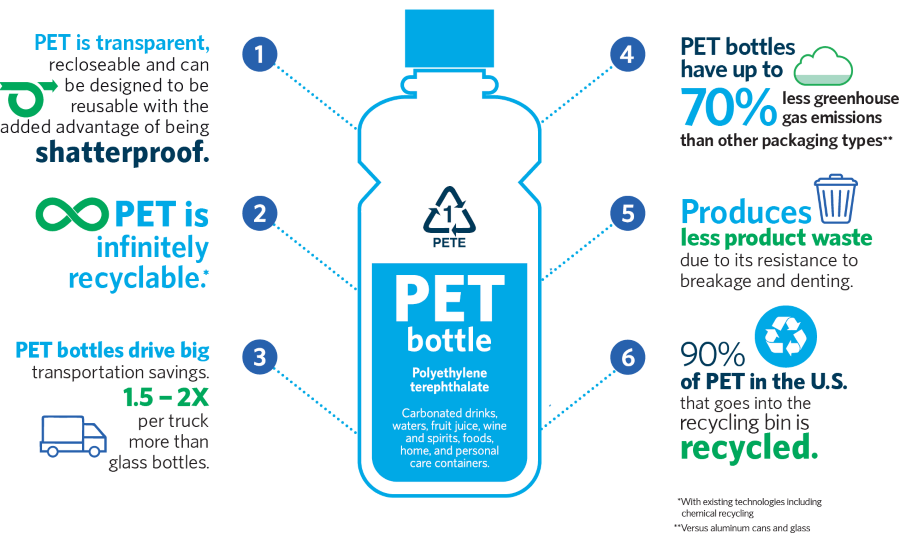
3. Safety of PET plastic for the environment
The environmental safety of PET plastic is a complex issue with both positive and negative aspects:
Positives:
- Recyclability: PET is one of the most widely recycled plastics, which helps to conserve natural resources and reduce the amount of waste in landfills.
- Low environmental impact compared to other materials: Studies have shown that PET bottles have a lower environmental impact than glass and aluminum bottles in terms of energy
- consumption, water usage, and greenhouse gas emissions during production.
- Reduced landfill waste: Recycling PET bottles diverts them from landfills, where they can take hundreds of years to decompose.
- Reusable: PET bottles can be reused for purposes other than their original use, further reducing waste.
Negatives:
- Fossil fuel dependence: PET plastic is made from fossil fuels, which contributes to greenhouse gas emissions and climate change.
- Microplastic pollution: PET bottles can break down into microplastics when exposed to sunlight and weathering, which can contaminate soil, water, and the air.
- Ocean pollution: Mismanaged PET waste can end up in oceans, harming marine life.
- Recycling challenges: While PET is recyclable, not all PET bottles are actually recycled. Contamination and inefficient recycling systems can limit the effectiveness of PET recycling.
